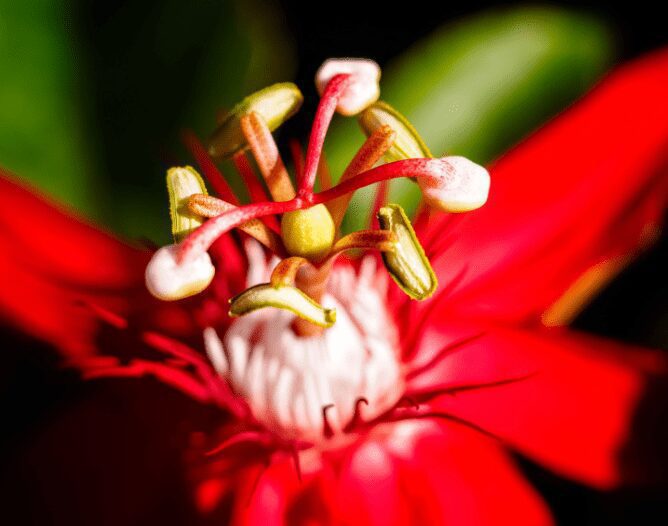Blue Passionflower
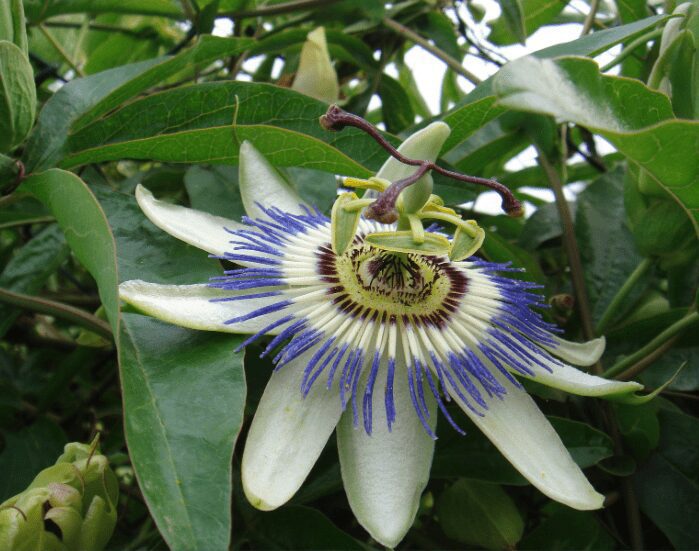
The Passiflora Caerulea Passionflower is a native flowering plant of South America. Also known as blue crown passionflower and common passionflower, it grows on a vigorous tendril vine up to 10 m high.
Its blue flowers are a symbol of the sea and are a popular cut flower. While most people associate the plant with sand dunes, it’s actually not as exotic as it sounds.
Passiflora caerulea is a fast-growing, semi-evergreen vine with bright blue flowers in summer and autumn.
It has attractive, deep green foliage and a cold-hardy root system. It can be grown indoors, but you’ll need to provide support for the climbing stems.
You’ll need to provide sturdy support for this plant, if grown outside, It will grow to approximately 30 feet.
Passiflora is a family containing over 500 species of primarily evergreen tendril climbers native to South America and the West Indies.
They grow in tropical woodland or grassland in the wild, scrawling across trees and plants and reaching tremendous heights.
Passion flowers were popular throughout the Victorian era, but they fell out of favor during the World Wars because people couldn’t afford the glass required to produce them.
Despite their exotic appearance, passion flowers are simple to grow, and their fragrant blossoms persist for months.
Many more colorful varieties are not hardy and must be grown in a heated conservatory, where they will scramble up to the roof and bloom profusely.
Others, such as the two common outdoor varieties, Passiflora caerulea AGM and the white-flowered Passiflora caerulea ‘Constance Elliot,’ are hardy in warmer climates.
Many half-hardy species, however, can be grown outside if a proper microclimate is created a sunny, south-facing wall and free-draining soil are essential.
Passiflora Caerulea Passionflower Planting And Growing
Passion flowers can be planted in the garden over a pergola or trellis or in a pot that can be brought within during winter.
Passiflora edulis, which produces a fruit similar to the sweet, juicy kind available in supermarkets, can be cultivated in a heated conservatory or glasshouse and is self-pollinating.
Passiflora mollissima AGM also yields tasty yellow banana-shaped fruits. Other types raised for their blooms produce edible fruit, which isn’t particularly tasty.
Care And Pruning
Keep the roots confined while growing passion flowers in a pot. They should be potted regularly, but never in excess, and watered lightly during the winter, increasing when growth begins—feed between May and September, using a high potash feed to produce maximum flowering.
After the summer, keep pruning to a minimum because the growth needs time to harden to withstand any cold spells. Passion flowers bloom in the current year’s growth. Thus, they can be pruned to limit growth.
Semi-hardwood cuttings are typically used for propagation. Cultivar seed can be used. However, the results may be unreliable.
Pests
Pests and diseases do not affect outdoor passion flowers. However, conservatory types can suffer from a mealy bug or red spider mite, primarily caused by hot and dry conditions.
Benefits of Growing Passiflora Caerulea Passionflower
Beyond its captivating blooms, Passiflora Caerulea Passionflower offers several advantages to gardeners. This vigorous vine attracts a variety of pollinators, such as butterflies, bees, and hummingbirds, to your garden.
These pollinators play a vital role in ensuring the health of your entire garden ecosystem by transferring pollen between plants and promoting fruit and seed production.
Additionally, in some cultures, various parts of Passiflora Caerulea have been traditionally used in herbal remedies for relaxation and anxiety relief.
However, it’s important to note that more scientific research is needed to confirm these uses and potential side effects. Always consult with a healthcare professional before using any plant for medicinal purposes.
Species And Cultivars
- Passiflora alata Award of Garden Merit (AGM) is a fragrant conservatory plant with scarlet flowers.
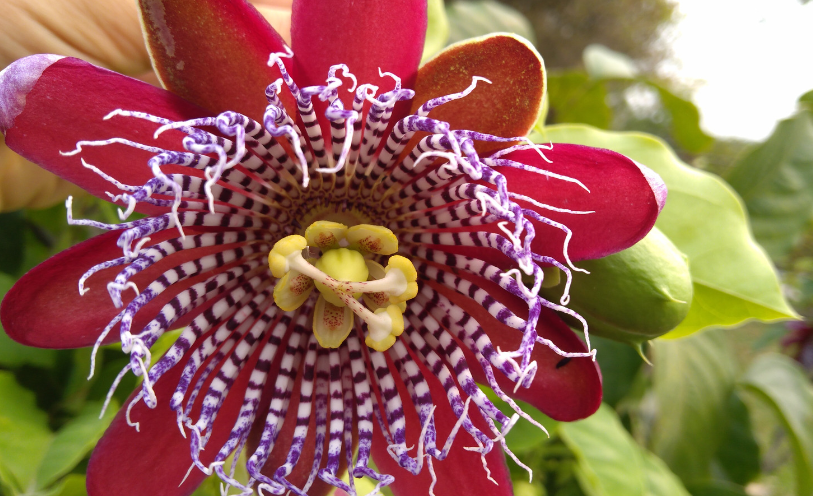
- Passiflora Amethyst’s AGM is vigorous, rugged, and hardy to -2 °C. It is evergreen, with darkish green leaves and lavender flowers.
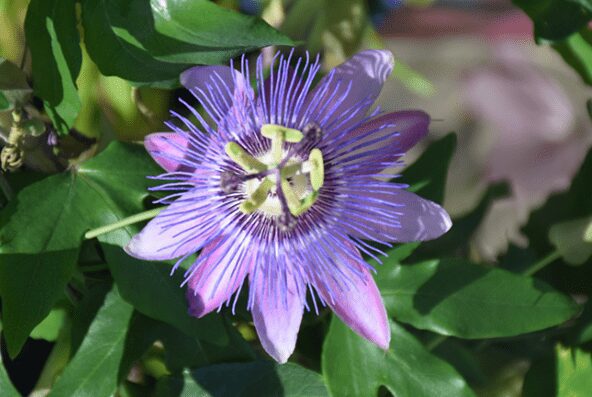
- Passiflora ‘Anastasia’ is a novel hybrid that can withstand temperatures as low as -2 °C. From May to November, it blooms profusely with beautiful pink, red, and white flowers.
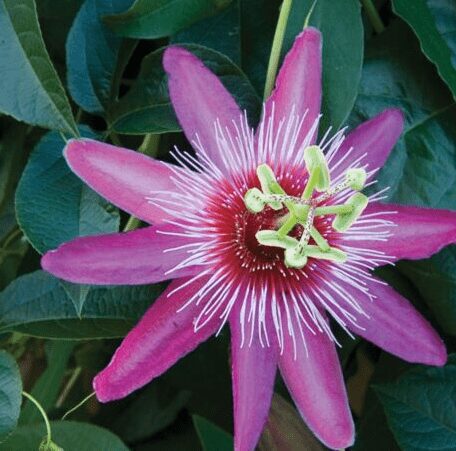
- P.’Andy’s variety features perfumed white flowers with a purple center. It’s a gorgeous pot specimen that can live outside in milder climates.

- Passiflora ‘Allardii’ is a popular conservatory plant. It bears big, perfumed mauve and violet flowers from April through October.
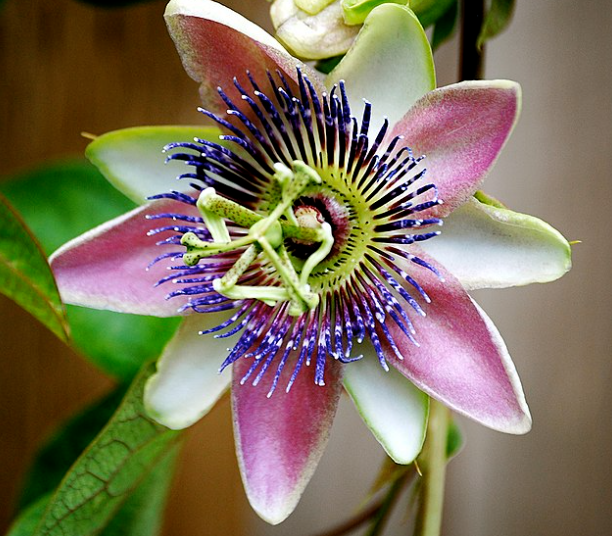
- Passiflora x belotii is free-flowering from May to October, with scented lilac and pink flowers.
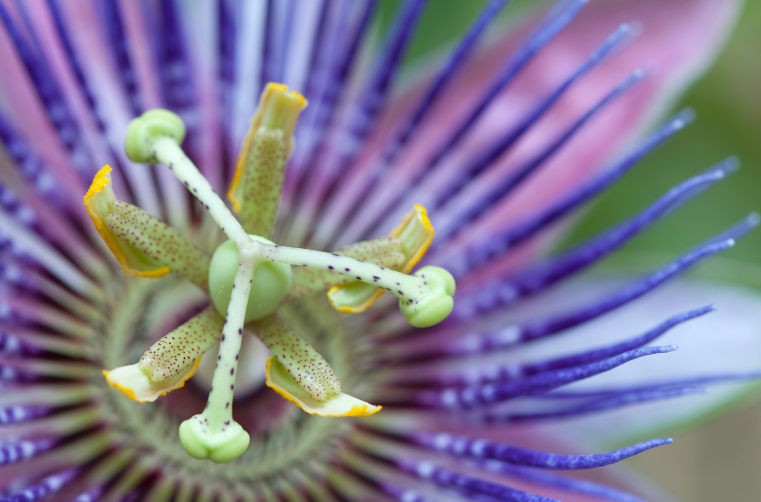
- The most widely available hardy passion flower, Passiflora caerulea AGM, with blue and white blossoms.
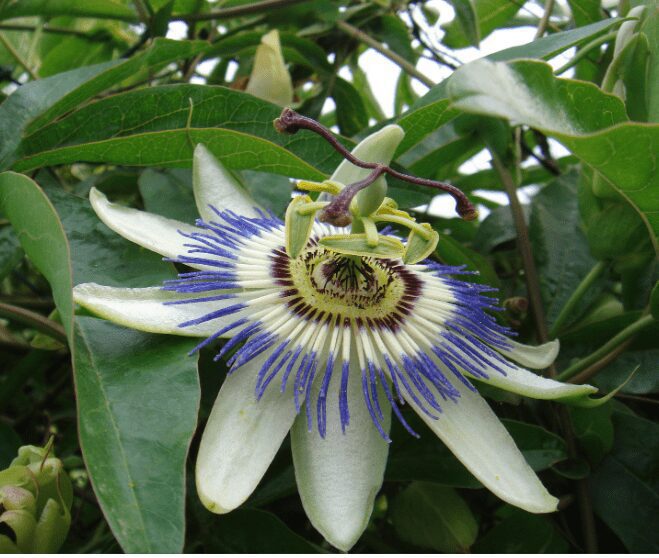
- Passiflora caerulea ‘Constance Elliot’ bear’s white blooms and tasty fruits from May to October.
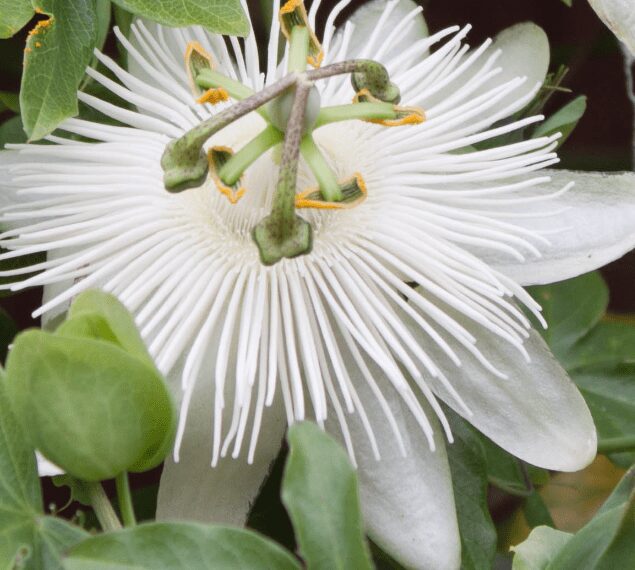
- The flowers of Passiflora citrina are yellow and star-shaped. It’s a unique color for a passion flower and would make an excellent tiny houseplant.

- Passiflora x decaisneana bears enormous crimson blossoms the size of saucers. It flowers from June – September and is the largest of the passion flower hybrids.
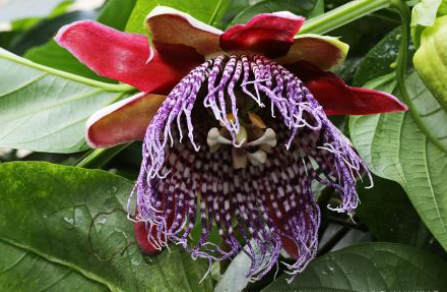
- Passiflora edulis is cultivated for its sweet, edible fruits. It bears white/purple flowers and requires a frost-free climate.

- Passiflora x exoniensis AGM is fast-growing and evergreen. It produces rose-pink flowers with purplish-blue crowns from summer to autumn.
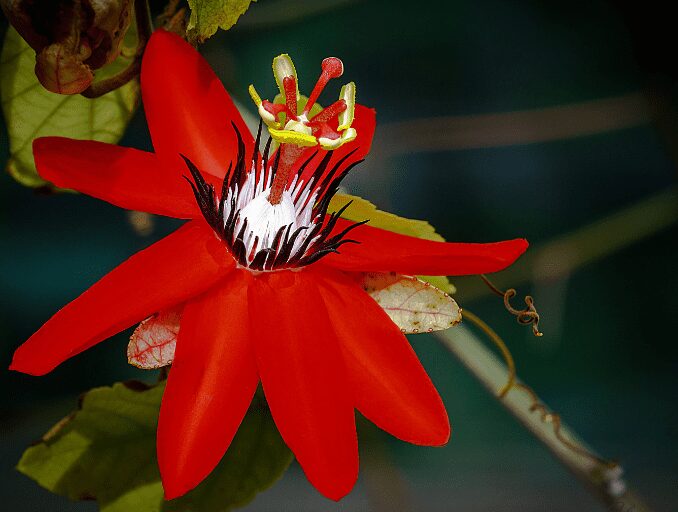
- Passiflora ‘Justine Lyons’ is a new hybrid that grows hardy in London and blooms in mauve from May to November.
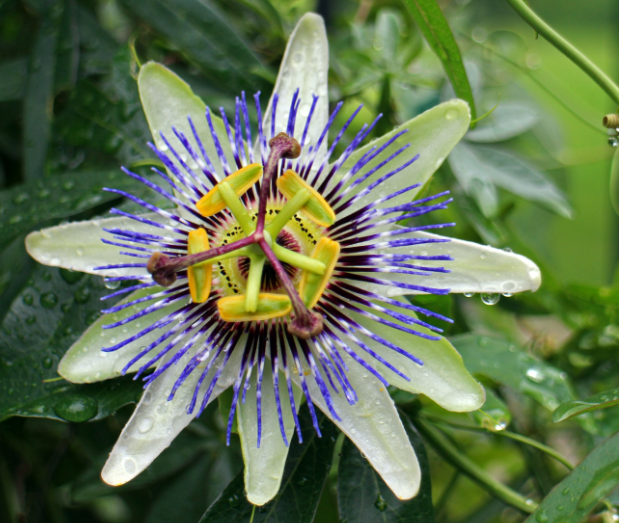
- mollissima passiflora From July to September, AGM produces pink blooms and tasty banana-shaped fruits. A heated conservatory is required.

- The flowers of Passiflora ‘Purple Haze’ are mauve and purple, with darker filaments. It has an exotic appearance and can be grown outside in milder climates.
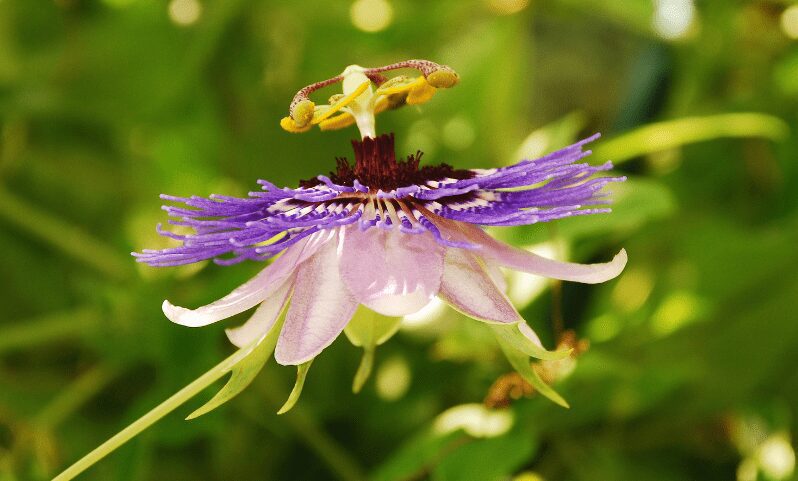
- Passiflora quadrangularis AGM is a standard pick for the conservatory. From July through September, it blooms with unique red and white flowers, followed by huge fruits.
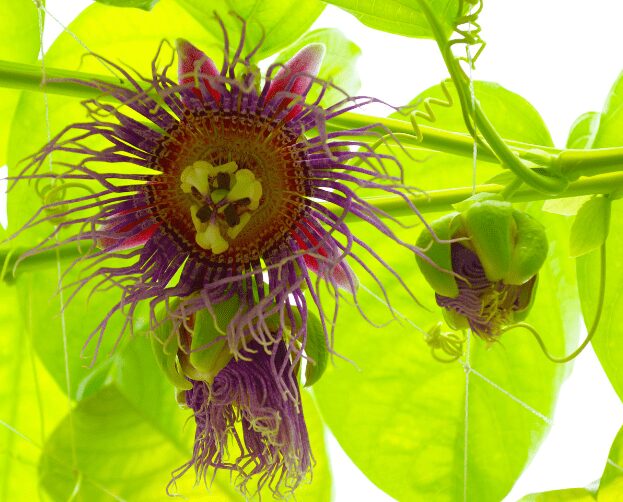
- The red blossoms of Passiflora rubra are followed by orange fruits. It is evergreen and half-hardy.
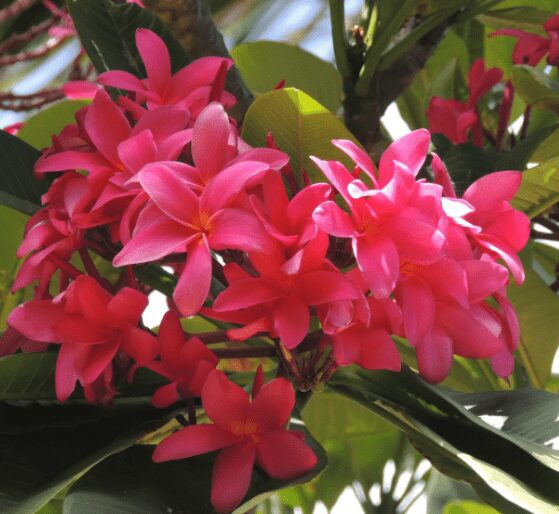
- Passiflora ‘Star of Surbiton’ is a new cultivar that thrives in warmer climates. It bears enormous, scented flowers in blue, white, and purple.
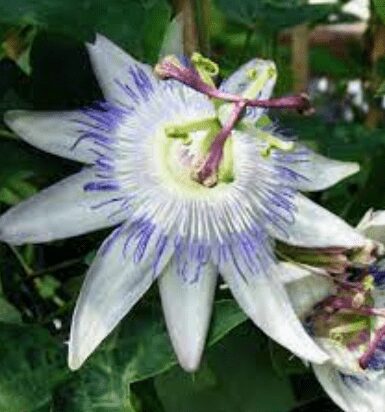
- violacea x passiflora AGM has purple flowers and requires a temperature range of 7°C to 10°C.
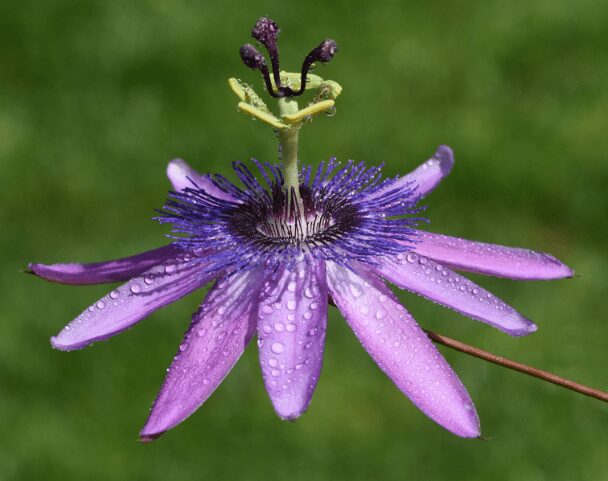
- Passiflora vitifolia is a popular conservatory plant with magnificent scarlet blooms that bloom for 10 months of the year.
